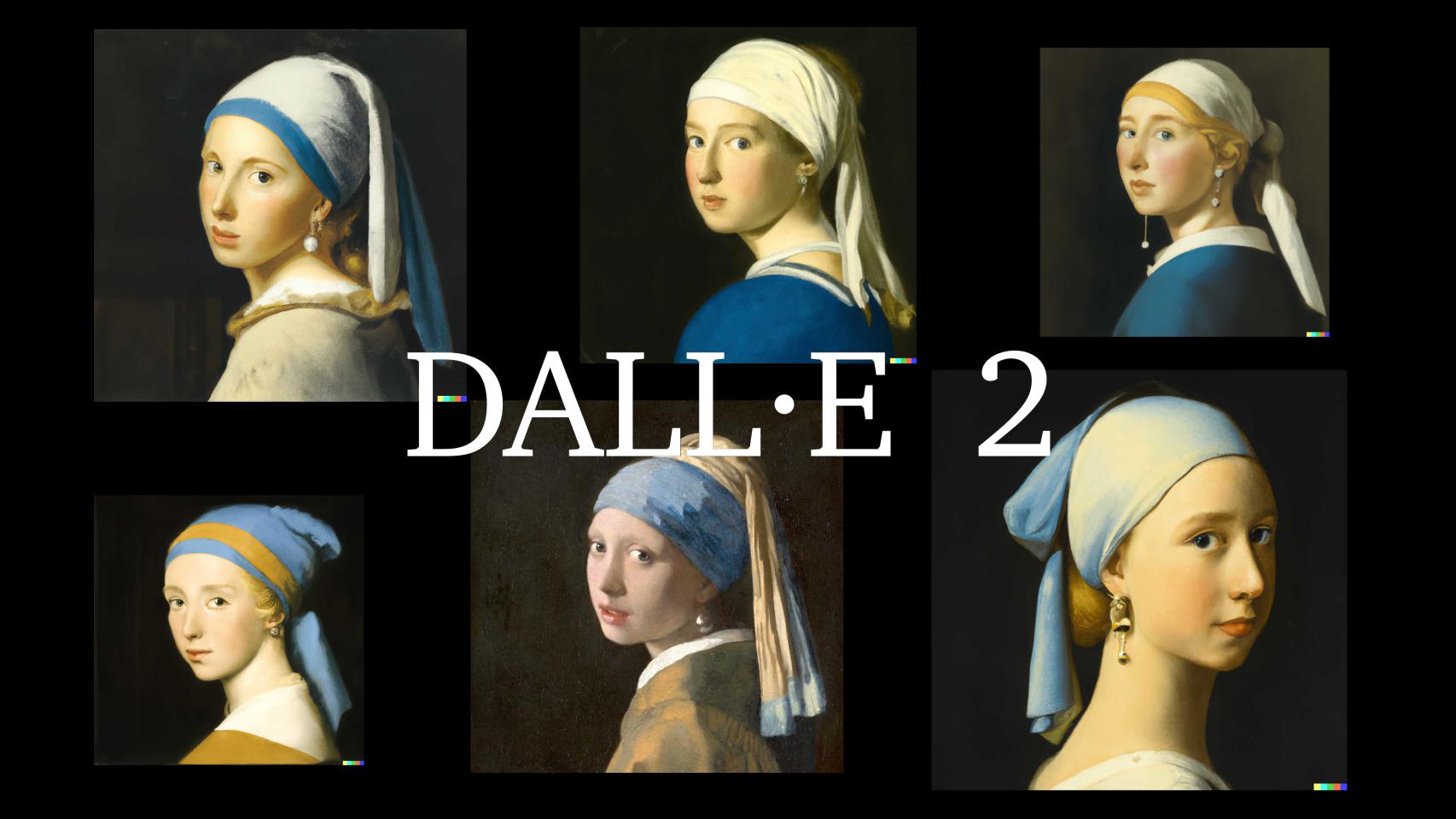On the applications of Alphafold AI
Alphafold is an AI designed to predict protein folding, therefore it can make predictions based on probabilities, according to the deep learning the program has been through, about the form/structure of proteins. Before briefly explaining the problem with protein folding and the role of Alphafold, we will see what uses this AI can have.
To make it simple, proteins go through four stages of folding : a primary structure of amino acids that forms a secondary helix/pleated sheet structure that itself folds (third stage), plus we have to take into account the possible folding occurring between multiple amino acids sequences, when a protein is made of multiple. The problem with all of this folding is that it requires a highly technical knowledge about thermodynamics and interatomic forces and possibly process thousands of folding points in a single protein. It is then extremely complicated for a human being to predict a protein structure. until 2018, the solution to predict those structures was to use expensive and long processes such as xray crystallography or nuclear magnetic resonance.
For that reason, Deepmind has been developing Alphafold, an AI that can predict protein structure when given the amino acid sequence. Alphafold has been trained on over 170,000 proteins whose structures are already identified. The newest version, Alphafold2 (2020) has a success rate of more than 90%. Roughly, Alphafold2 uses an attention mechanism rather than convolutions, which means some entry elements are given more computing power. With this mechanism, Alphafold computes step by step the relations between amino acids and takes isolated portions of the protein to compare them to similar already computed sequences. The prediction of Alphafold2 takes place in two steps : first makes graphs to compute the possible structure then it translates them in a 3d model.
As You can expect, Alphafold2 opens a new door to research. Indeed, easily and quickly computing protein structures allows researchers to study ANY protein. It can especially improve our understanding of proteins which need to have precise shapes to bind with the molecule they act on. To give a more appealing example, Alphafold2 was used to predict structures of proteins of SarsCov2 (the virus of Covid19) in early 2020, which leads researches on how the virus breaks out of host cells it replicates in. To give one more application of Alphafold2, researchers also use it in the genetic domain, as it can help them understand the genesis of proteins within the cell from mRNA, which means understanding with more detail how DNA regulates the internal machinery of a cell.
For nerds, here’s a good, albeit brain melting, video.
More sources :
https://en.wikipedia.org/wiki/AlphaFold
https://en.wikipedia.org/wiki/Protein_structure_prediction
This post was made by Johanny Titouan, 23/09/2023.






